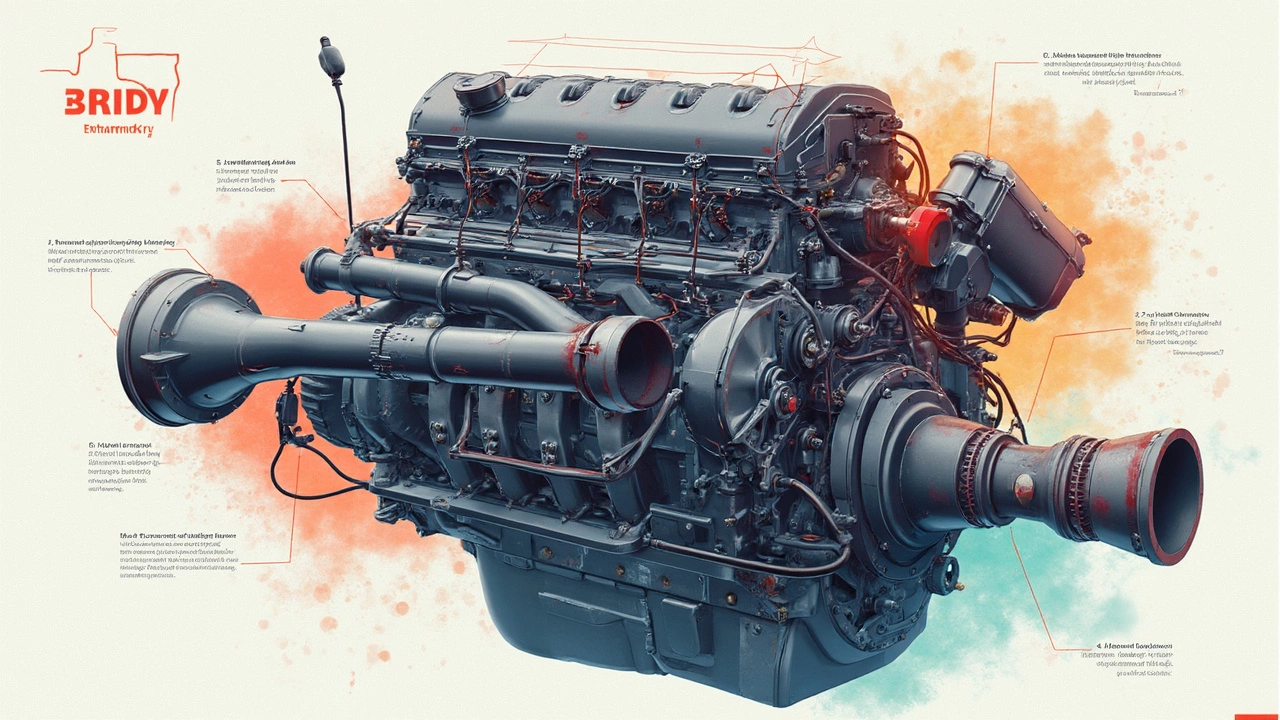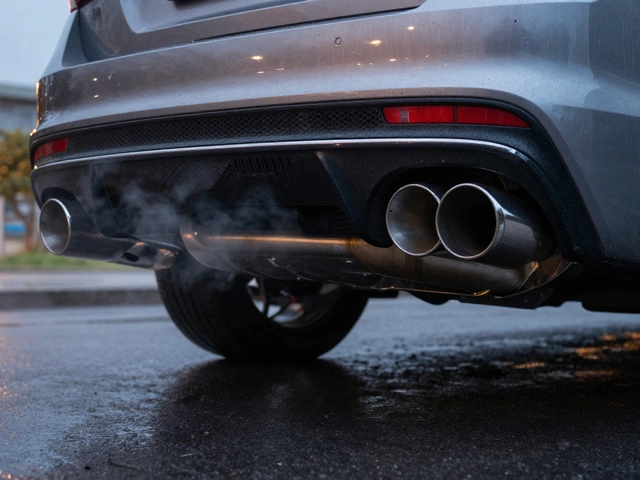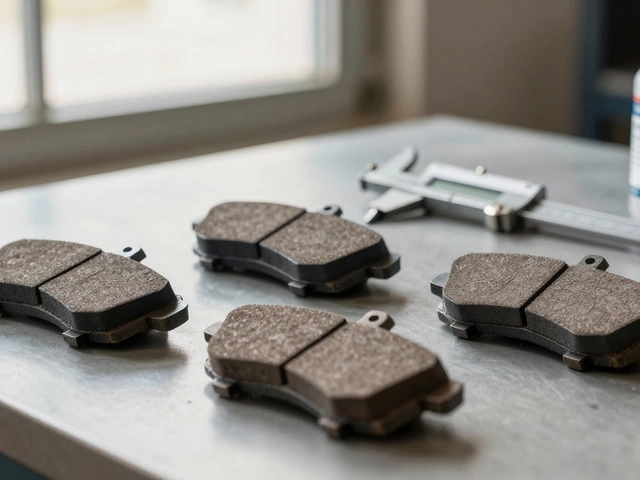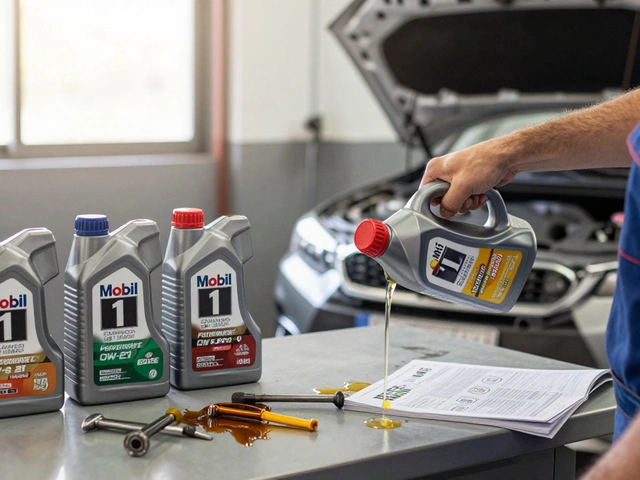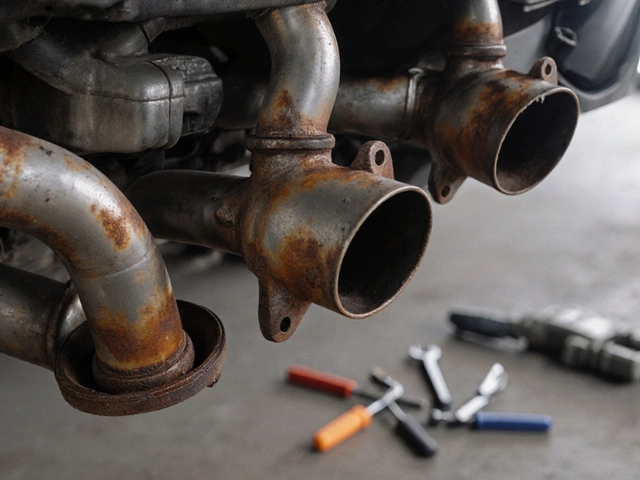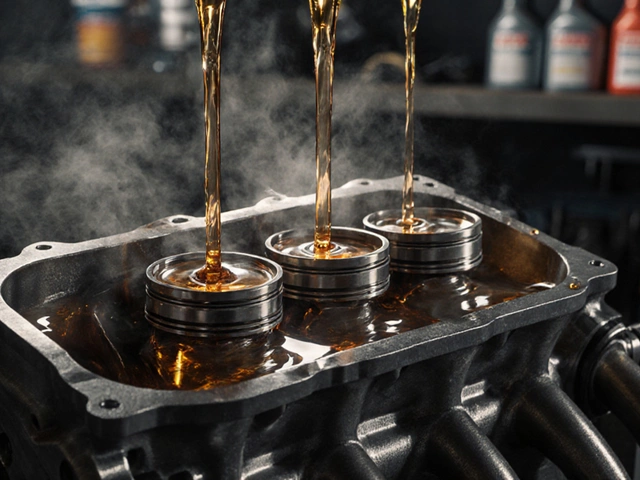Car Performance Made Simple: Real Tips for Real Drivers
Want your car to feel sharper, faster, and more confident on the road? You don’t need a garage full of exotic parts or a PhD in engineering. Most performance gains come from a few smart choices that fit your budget and driving style. Below we break down the most effective upgrades, why they work, and how to get them done without a nightmare.
Exhausts, Clutches and Other Power Boosters
A louder exhaust can be more than just noise—it often reduces back pressure and frees up a few extra horses. Look for cat‑back or active valve systems that stay legal in your state. They’re easier to install than full‑header swaps and you can test the dB gain at home with a simple sound meter app.
Clutch upgrades are another hidden power secret, especially if you shift hard or do occasional track days. A stronger clutch can hold torque better, meaning less slip and a smoother launch. The benefit isn’t huge in daily driving, but it adds confidence when you push the engine.
Handling, Braking and Suspension Tweaks
Any power boost is wasted if your car can’t put the tires down. Swapping to quality performance brake pads and monitoring rotor wear can shave seconds off your stopping distance. If you hear squeal or feel pulsations, check the rotor thickness—often a quick resurfacing will solve the problem.
Suspension upgrades like stiffer bushings or a MacPherson strut reinforcement improve cornering without sacrificing ride comfort. The most common failure point is a bent control arm; spotting uneven tire wear or a pulling sensation can tell you it’s time for a check.
Alloy wheels look great, but they don’t magically add grip. If you’re on a budget, stick with a light steel wheel and focus on tire quality. When you do upgrade, watch out for hidden costs like new lug nuts, balancing fees, and possible fit‑ment issues with your brake calipers.
Finally, keep the engine healthy. Skipping oil changes is a fast track to sludge, higher friction and costly repairs. Follow the manufacturer’s interval, or use the 5,000‑mile rule if you drive hard. Fresh oil and a clean filter are the cheapest way to keep power where it belongs—in the wheels.
These tweaks add up. You can start with the cheapest—like a better exhaust or fresh oil—and work your way up to suspension and clutch upgrades as the budget allows. Remember, real performance is a balance of power, handling, and reliability. Keep an eye on wear, follow the simple steps above, and you’ll feel the difference every time you hit the road.

Will a 3 Inch Exhaust Improve Your Car's Performance?
Trying to decide on a 3 inch exhaust? Learn how it impacts horsepower, sound, and drivability, plus tips for choosing the right size for your car.
CONTINUE READING
How to Choose an Exhaust System: A Simple Guide for Every Driver
Looking for a new exhaust system but feeling lost? This article makes it simple by explaining everything you need to know, from basic options to real-use tips. You'll find out what actually changes when you swap exhaust parts, which materials and designs matter, and where you might waste your money. Get the facts without the fluff and make confident choices for your car or truck.
CONTINUE READING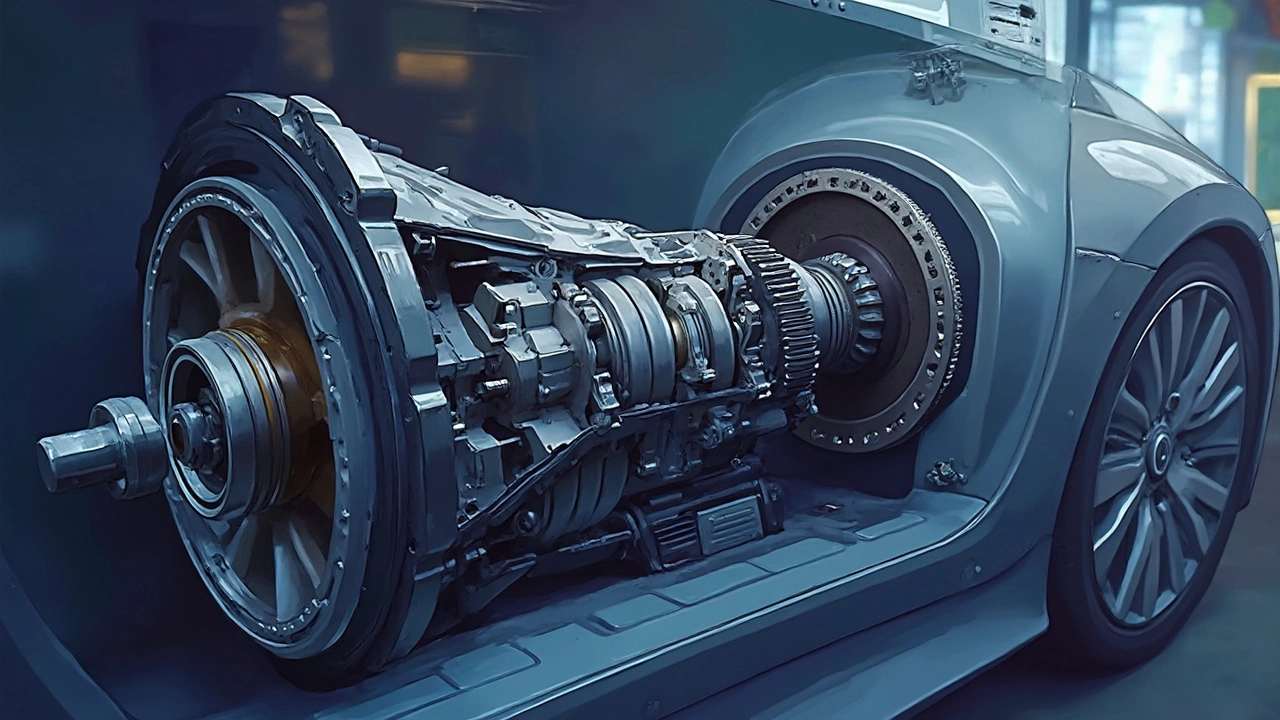
Do Clutch Kits Really Make a Difference?
Clutch kits can significantly impact your vehicle's performance, offering smoother gear transitions and enhanced driving experience. Learn how they work, when it's time for a replacement, and the potential benefits of choosing the right kit for your car. Discover practical tips for selecting and maintaining clutch kits in this comprehensive guide, ensuring you make informed decisions for your vehicle's needs.
CONTINUE READING
Do Spark Plugs Change the Sound of Your Car?
Ever wondered if spark plugs could affect how your car sounds? Spark plugs are small components, but they play a significant role in how your engine runs. By ensuring the right spark and combustion, they contribute to the vehicle's overall performance and also influence the sound that emanates from the engine. This article dives deep into how these small devices affect your car’s auditory experience.
CONTINUE READING
